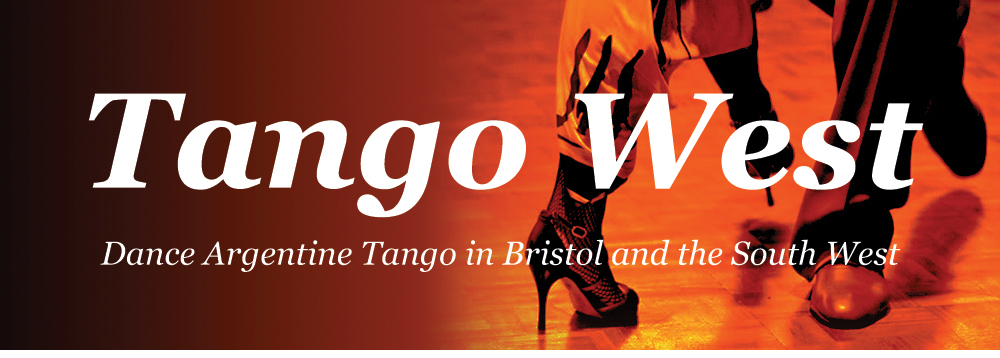About Us : DJ/Music
Tango West gives special attention to the music, and is building a reputation far & wide for this. Much time is spent studying and researching the music. It is this preparation time we believe that makes all the difference to an event. Dancers really appreciate it. Of course it is presented in a structured way in Tandas with Cortinas, and the all important 'Milonga Codes' are encouraged.
Andrew and Michele are very experienced Traditional Tango DJs, with around 30 years experience between them, having DJ'd at over 450 Milongas. Their DJ style has evolved over time, from a more eclectic approach in the early years, to a solidly Traditional one now. They were amongst a few pioneers in the UK who set the standard of arranging the music in Tandas, and using curtain music in between. The music is organised in a structured way with each Tanda devoted to a particular Orchestra, and from a particular period of that Orchestra. Generally a pattern of 4 Tangos + 4 Tangos + 3 Vals + 4 Tangos + 4 Tangos + 3 Milongas is adhered to. At least 90% of the music is "Golden Age" - that is from 1935 to 1955. A little of the music may fall outside this classic era.
We are aiming to create something different and special, bringing our experience, especially with the music, to bare and presenting what we might call a 'Milonguero event' - a place where a true Milonguero would be happy to dance.
The MUSIC:
The quality of the music is our speciality. Tangos, Vals, and Milongas from the great Orquestas of the Golden Age of Tango 1935-55, when the music was played specifically with dancers in mind. The same music that is played in the great Milongas of Buenos Aires today.
It comes as a surprise to many to learn that most Tango music is for listening and not dancing at all. A classic example of this is the music of Piazzola. Certainly Piazzola had no interest in dancers; his music turned people away from dancing, rather like developments in modern Jazz in North America at around the same time. Of course there are many reasons why the majority of Argentines stopped dancing Tango in the 1950's, but it's true to say that very little Tango music from this time was really dance music.
The music we choose is important because social dancing is quite different from choreographed stage routines (where almost any music can be chosen) This is because with social Tango, the music is constantly changing and we are usually with different partners. Most importantly there are other couples dancing around us, and we have to dance with them in mind and not dominate the space around us with set routines of figures that don't progress or take a lot of room to execute. We have to forget choreographies, be very flexible and improvise. The music of the Golden Age reflects this need.
Here two examples of the great orchestras
from the Golden Age.
Juan D'Arienzo, who's orchestra was largely responsible for getting people dancing Tango again in the late 1930s. And the great Angel D'Agostino with Angle Vargas



